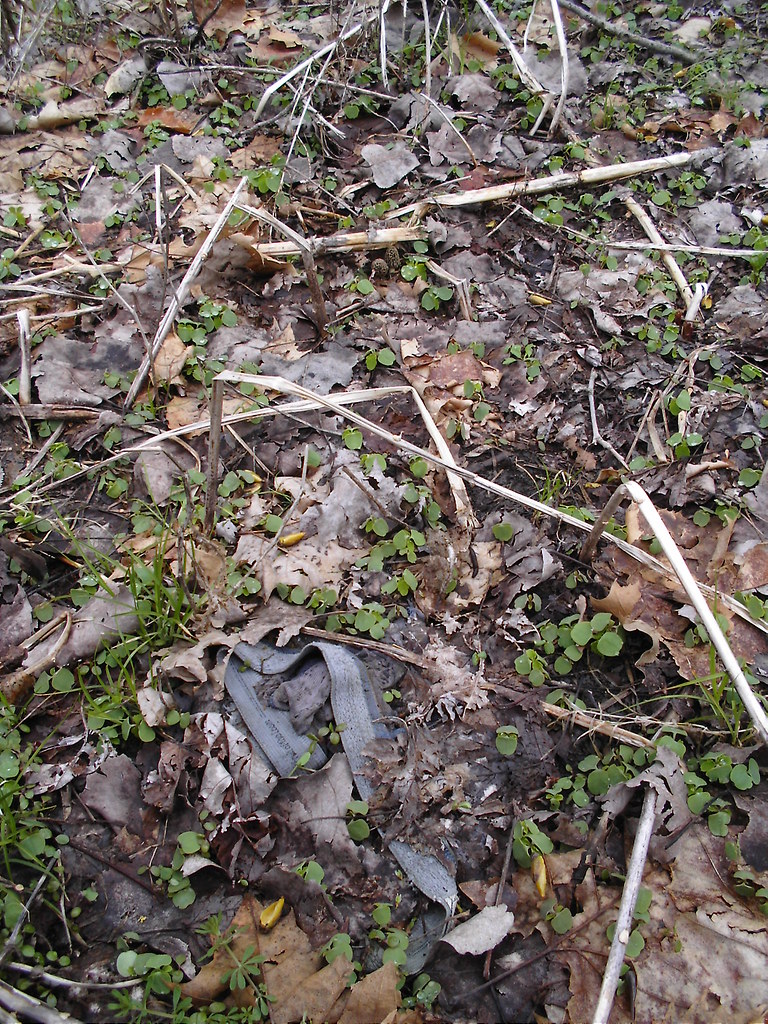 Here is the classic photo evidence of a morel sighting in Springfield posted on the Morel Hunters Missouri board by Kawryan, an administrator over at Morelhunters.com. By the way, that website which is only a month or so old, has quickly grown to become an impressive set of resources and a friendly online community for mushroom hunters to gather (no pun intended).
Here is the classic photo evidence of a morel sighting in Springfield posted on the Morel Hunters Missouri board by Kawryan, an administrator over at Morelhunters.com. By the way, that website which is only a month or so old, has quickly grown to become an impressive set of resources and a friendly online community for mushroom hunters to gather (no pun intended).I checked the morel report boards and updated the map at the top right of the blog. I'll make a list of all the boards I regularly check at the end of this post so you can try to track them yourselves, if I get too busy picking later this season.
To my surprise mainly due the lack of posts from MO prior to Sunday, there were quite a few including one from someone as far north as King City and one who reported finding 10 right in my own backyard near Columbia. To be honest, this is a little farther north than I expected, but the early bird gets the worm and there are sure to be micro climates that have been warm enough to start things flushing.
Now, some of you are undoubtedly Show-Me'ers and might have doubts about these reports. So before you email me with them. keep in mind that I do not even attempt to judge the veracity or truthfulness of these reports anymore. I just take them at their face value. I ask myself why would someone want to lie about finding morels and who am I to judge. I mean, so what if they are lying? All they are going to do is get me out of my lazy chair and in the woods sooner. I should be thanking them for the extra motivation.
Also, I have doubted crazy reports early in the season of people finding 300 well before anyone else. When I did I was almost always proven wrong, so I learned long ago not to get into these arguments. They aren't worth it. Besides the only thing that really matters is that I haven't found any yet. Never mind the fact that I actually haven't even gone looking. I'll find my first this weekend. That is what I predicted and the first rule of actually meeting your prediction is to not hunt a day sooner, so now I patiently wait for April 2. I would go look on April 1, but why bother no one believes any April Fools Day reports, though I bet most, at least the modest ones will be true.
Here are the morel report boards that I check. I compile these with reports I am sent or told to produce my MO morel report map:
Mushroom Report Board at the Morel Mushroom Hunting Club
Report Board at Michigan Morels
Mushroom Reports at OutdoorMissouri.com
And last and least: the Missouri report board at Morels.com









